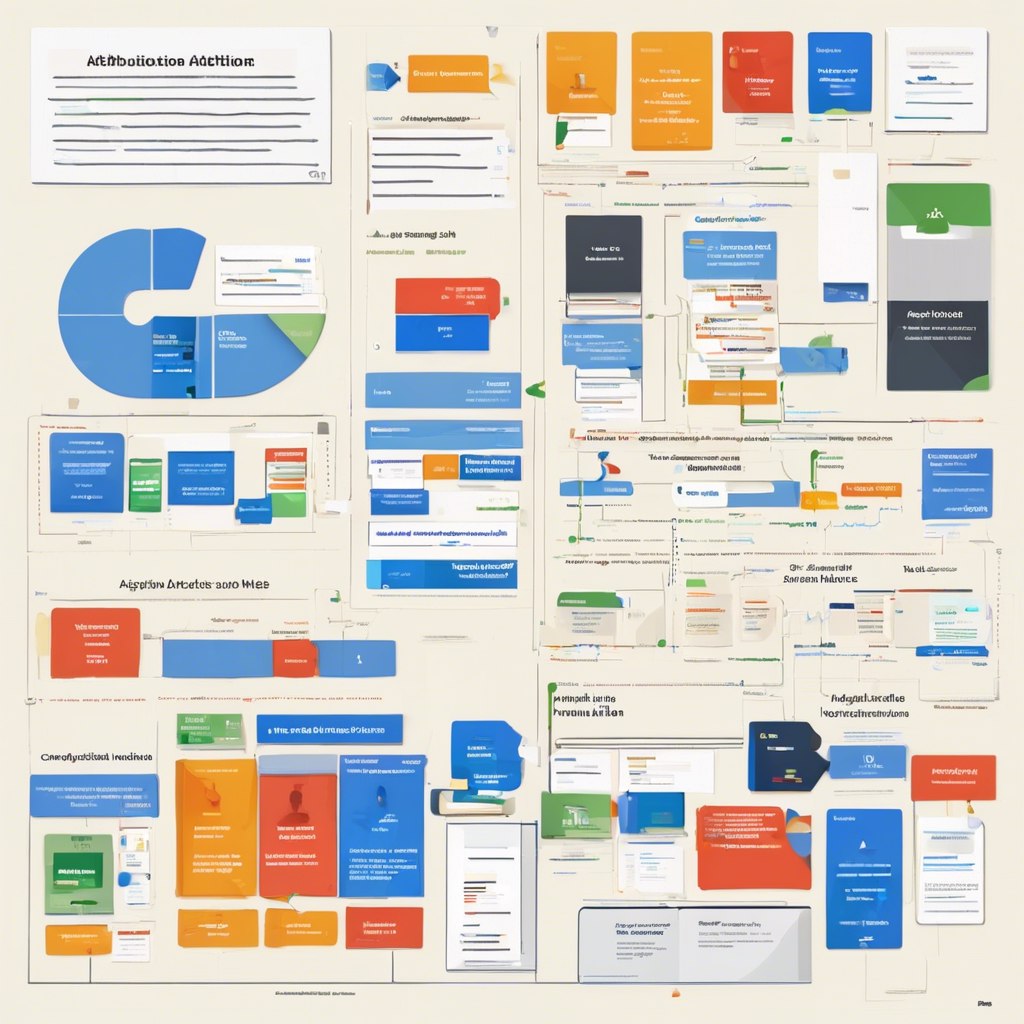In the complex world of online advertising, understanding how attribution models work is crucial for businesses looking to optimize their Google Ads campaigns. Attribution models play a key role in determining how credit for conversions is assigned to different touchpoints along the customer journey. Google Ads offers various attribution models that businesses can choose from to track the effectiveness of their ad campaigns. In this article, we will delve into the concept of attribution models in Google Ads and explore the different types available to advertisers.
The first step in grasping attribution models is to understand their significance in the realm of digital marketing. Attribution models help businesses identify the most effective advertising channels and touchpoints that lead to conversions. By attributing credit to various interactions a customer has with an ad before making a purchase, businesses can make informed decisions about allocating their advertising budget wisely.
Google Ads provides several attribution models, each offering a unique perspective on how conversions should be credited. The most common attribution models include Last Click, First Click, Linear, Time Decay, and Position-Based. Each model has its strengths and weaknesses, and choosing the right one depends on the specific goals and strategies of a business.
The Last Click attribution model assigns all the credit for a conversion to the last interaction a customer has with an ad before converting. This model is straightforward and easy to implement but may not provide a holistic view of the customer journey. In contrast, the First Click model gives all the credit to the first interaction, which can be useful for identifying initial touchpoints that attract customers.
The Linear attribution model distributes credit equally across all touchpoints in the customer journey, providing a more balanced view of the conversion path. On the other hand, the Time Decay model gives more credit to interactions closer to the conversion, recognizing the impact of recent touchpoints on the decision-making process.
The Position-Based attribution model gives 40% of the credit to both the first and last interactions, with the remaining 20% distributed evenly among the middle touchpoints. This model aims to strike a balance between the initial attraction and the final push that leads to a conversion.
Choosing the right attribution model in Google Ads depends on the specific goals and objectives of a business. Some businesses may prioritize capturing new leads and customers, making the First Click model more suitable for their needs. Others may focus on nurturing existing leads and closing sales, in which case the Last Click model could be more appropriate.
It’s essential for businesses to experiment with different attribution models and analyze their performance to determine which one works best for their unique situation. By gaining insights into the customer journey and the effectiveness of different touchpoints, businesses can optimize their ad campaigns for maximum impact and ROI.
In conclusion, attribution models in Google Ads play a critical role in helping businesses understand the customer journey and allocate their advertising budget effectively. By leveraging the right attribution model, businesses can gain valuable insights into the effectiveness of their ad campaigns and make data-driven decisions to drive success. Experimenting with different models and analyzing their performance is key to unlocking the full potential of Google Ads and maximizing return on investment.
